Rice prices are unlikely to "cool down"
According to the World Bank's (WB) latest Global Commodity Outlook report recently released, the average global rice price in 2023 is 28% higher than in 2022 and is expected to increase by another 6% in 2024. Explaining this, the WB said, it is partly due to the threat from El Nino as well as policy responses from major rice exporters and importers in the world.
Indeed, the first factor that can be considered is India - the world's largest rice exporting country, although it is focusing highly on production, the condition of this crop is very difficult to predict due to uneven rains during the rainy season.
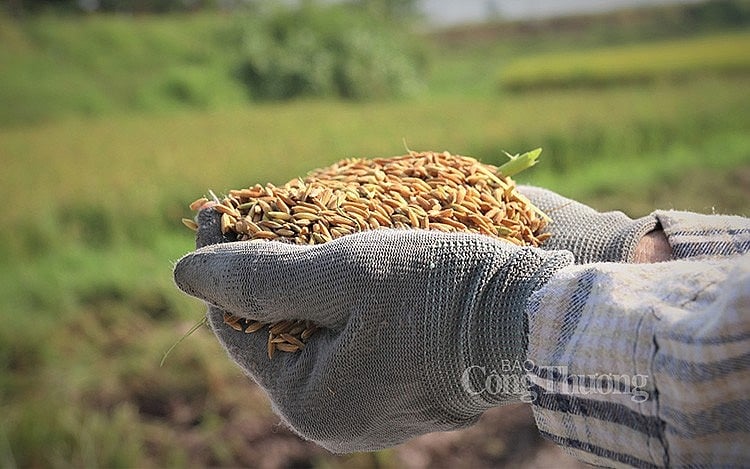 |
| Vietnam's rice exports continue to face great opportunities. |
There are varying forecasts for a decline in the country’s rice output, including a drop of as much as 8% from last year’s record – despite an increase in acreage planted – raising the possibility that the Indian government will have to extend its rice export restrictions to stem food price inflation ahead of the election.
India is even planning to extend its free foodgrain program for another five years to protect consumers from rising grain prices ahead of a general election early next year. The extension will provide relief to consumers but will also lead to higher government spending and require New Delhi to buy more wheat and rice from farmers to sustain the welfare program, which provides free grain to more than 800 million people.
Regarding supplies from Thailand, the National Rice Policy Committee chaired by Prime Minister Srettha Thavisin has asked the Ministry of Commerce to continue improving and finalizing policies to stabilize rice prices for the 2023/2024 harvest.
The Thai government will provide credit and interest support for businesses and farmers to store rice for 1-5 months instead of selling immediately after harvest. Thai rice exporters assess that demand for rice will continue to be strong, especially from the Indonesian market.
For importing countries, on November 6, the Indonesian National Logistics Agency (Bulog) said that the government is planning to set the rice import quota for 2024 at 2 million tons, down from 3.8 million tons this year. Bulog Secretary Awaludin Iqbal emphasized that the amount of rice imported next year will depend on domestic supply and demand.
As for the Philippines, in its latest report on world trade, the US Department of Agriculture forecasts that the Philippines will import around 3.8 million tons of rice in 2023-2024. With this forecast, the Philippines could surpass China to become the world's largest rice importer.
Opportunities for Vietnamese rice
In the above context, opinions say that this will continue to be an opportunity for Vietnamese rice. Accordingly, in 2023, Vietnam is forecast to export about 8 million tons of rice with a turnover of about 4.5 billion USD. This is the highest number ever and a successful year for our country's rice exports. Regarding the prospect of 2024, according to analysts, rice prices will continue to be high and below 700 USD/ton.
The reason why Vietnamese rice prices remain high is because major rice import markets of Vietnam such as Indonesia and the Philippines are very fond of Vietnamese rice, according to export enterprises.
“Consumers are used to eating rice varieties supplied by Vietnam, which are high quality and lightly fragrant, while this is a different segment of Vietnam, which is above the low-grade rice segment, but below the fragrant Hom Mali rice segment of Thailand, so it has very good competitiveness, especially in terms of selling price” - said the Vietnam Food Association (VFA).
The latest update from VFA shows that the price of Vietnam's 5% broken rice, after increasing to 663 USD/ton, decreased by 10 USD/ton to 653 USD/ton in the trading session on November 6. With the above price, Vietnamese rice continues to maintain its top position in the world, followed by Pakistan's 5% broken rice at 568 USD/ton and Thailand's rice at 562 USD/ton. |
Source link










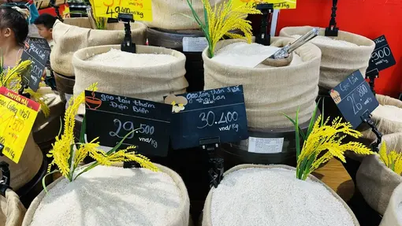






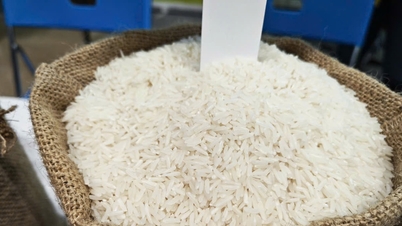
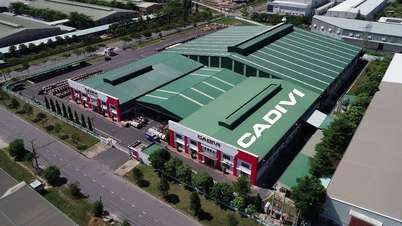

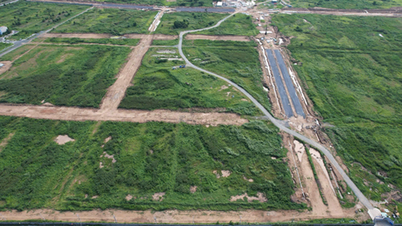











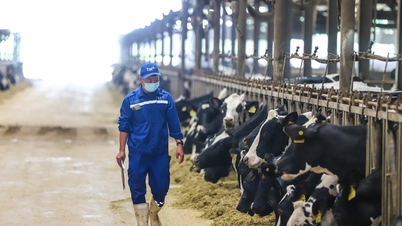





![[Photo] President of the Cuban National Assembly visits President Ho Chi Minh's Mausoleum](https://vphoto.vietnam.vn/thumb/1200x675/vietnam/resource/IMAGE/2025/10/1/39f1142310fc4dae9e3de4fcc9ac2ed0)
![[Photo] Keep your warehouse safe in all situations](https://vphoto.vietnam.vn/thumb/1200x675/vietnam/resource/IMAGE/2025/10/1/3eb4eceafe68497989865e7faa4e4d0e)

























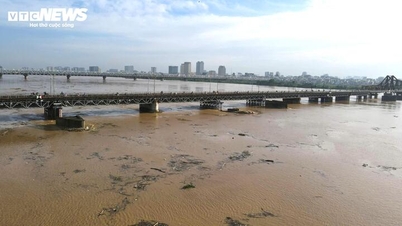












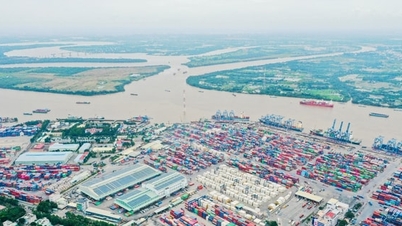
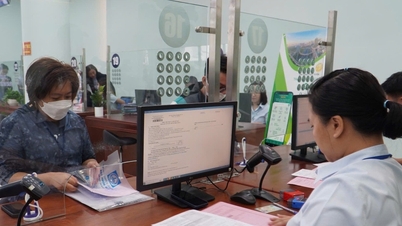






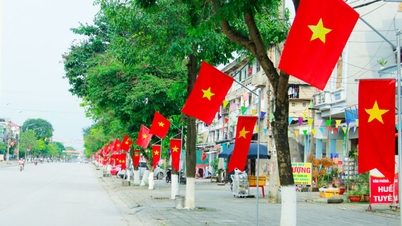














Comment (0)